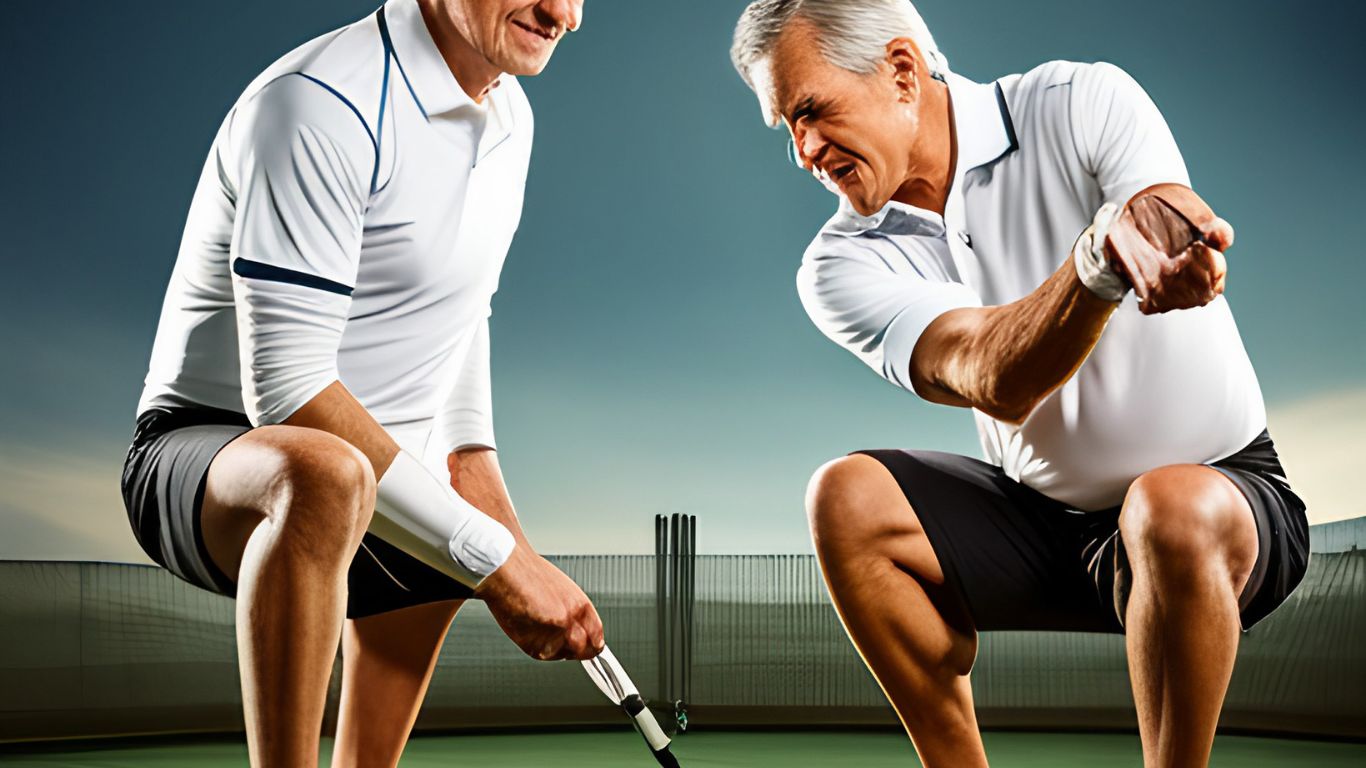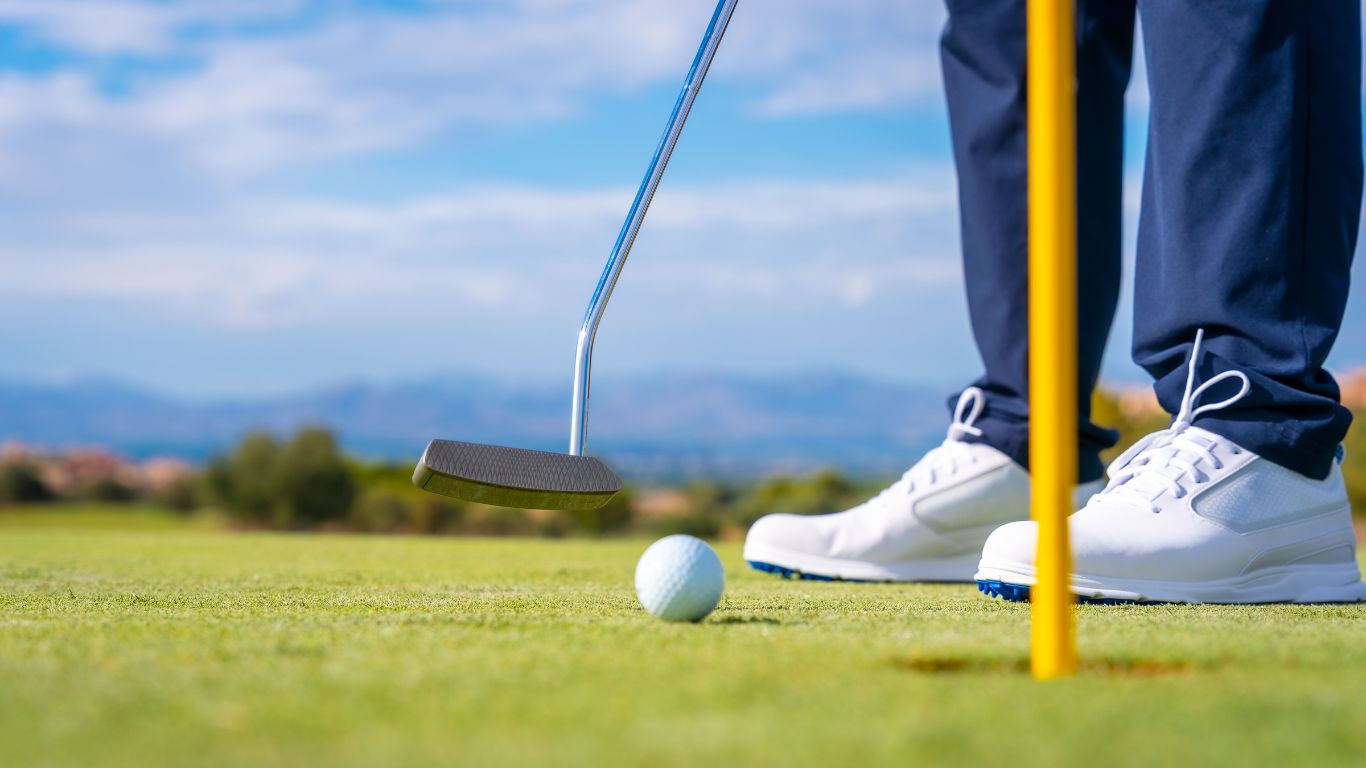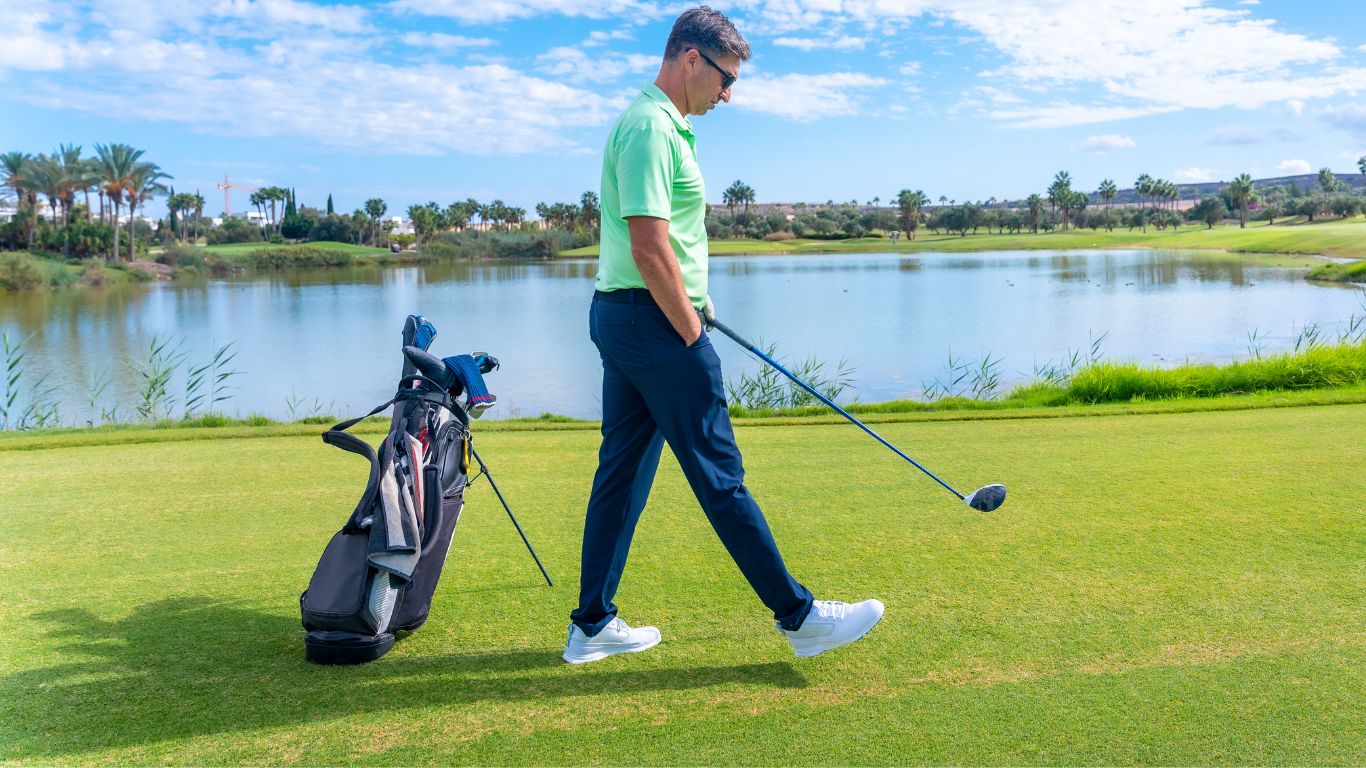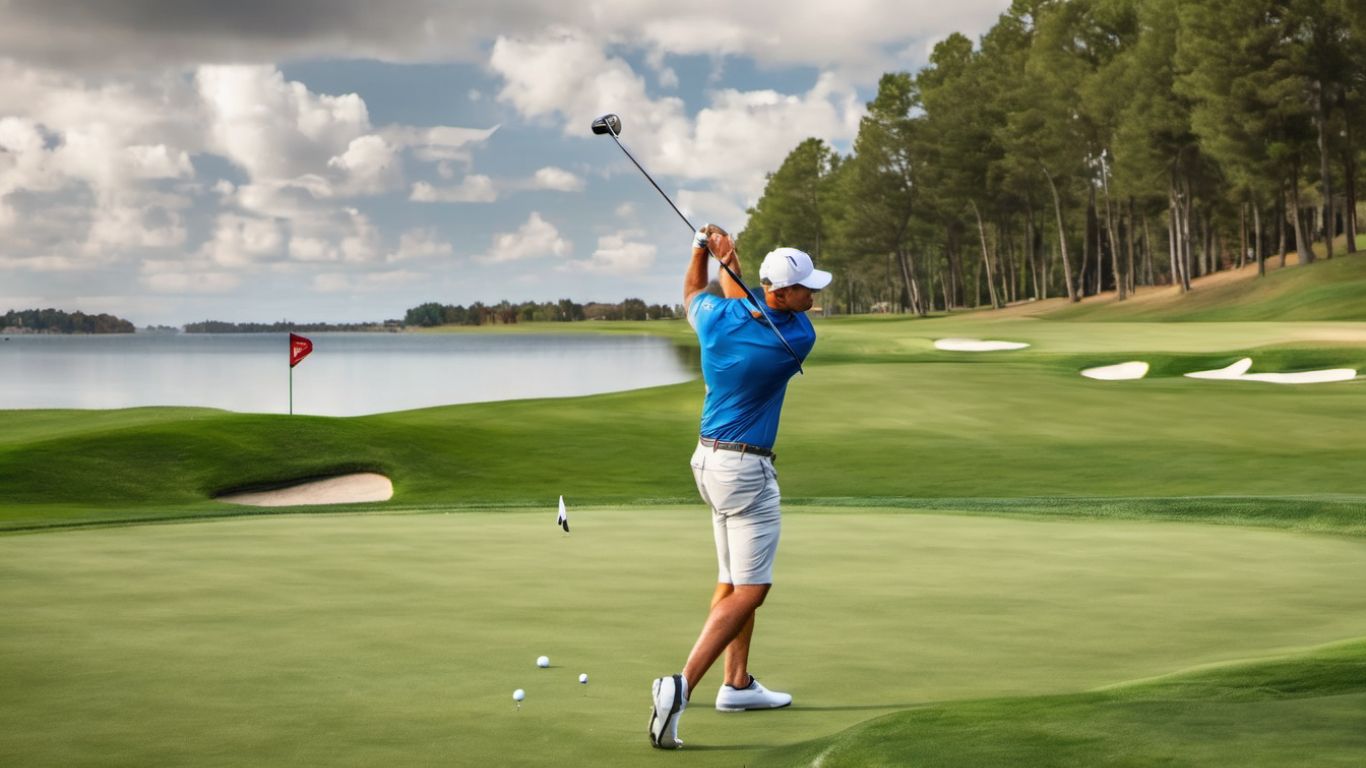Tennis elbow and golf elbow are two common injuries that affect a similar region but have distinct differences. Though they share the trait of being overuse injuries of the tendons in the arm, they manifest on opposite sides of the elbow and have different causes. This comparison will provide insight into both conditions, their causes, symptoms, diagnosis, treatments, and tips for prevention.
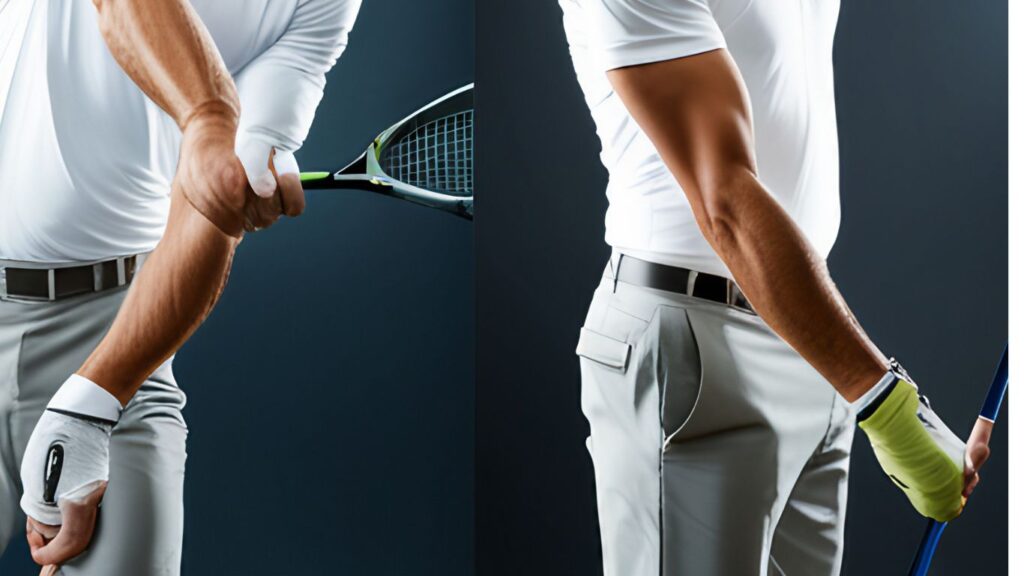
Introduction
Before diving into the key differences between tennis elbow and golf elbow, it’s essential to understand what each condition entails.
Definition of Tennis Elbow and Golf Elbow
- Tennis Elbow (Lateral Epicondylitis): Tennis elbow is a painful condition caused by overuse of the forearm muscles that extend the wrist and fingers, leading to pain focused on the outside of the elbow.
- Golf Elbow (Medial Epicondylitis): Conversely, golf elbow arises from overuse of the forearm muscles that are used to flex the wrist and fingers, resulting in pain on the inside of the elbow.
Causes
- Tennis Elbow Causes: Although the name suggests a link to tennis, any repetitive wrist and arm motions can lead to tennis elbow. Many cases stem from occupational activities not related to sports.
- Golf Elbow Causes: Golf elbow is caused by activities that require forceful gripping or flexing of the wrist. Despite its name, it is not limited to golfers and can be brought on by various manual tasks.
Symptoms
Both conditions share symptoms of pain and tenderness but in different locations.
Symptoms of Tennis Elbow
- Pain and tenderness on the outside of the elbow
- Weakness in the wrist
- Difficulty with tasks such as opening jars or turning doorknobs
Symptoms of Golf Elbow
- Pain and tenderness on the inside of the elbow
- Stiffness in the elbow
- Weakness in the hands and wrists
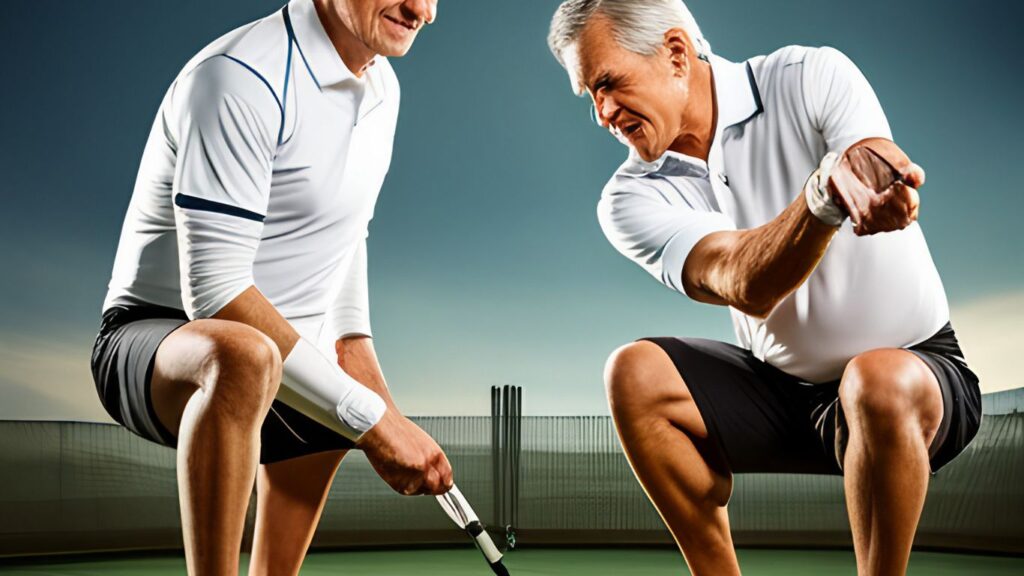
Diagnosis Methods
The diagnosis for tennis and golf elbow typically involves a physical examination, where doctors search for tenderness in the elbow area. Imaging tests, such as X-rays or MRIs, may be conducted to rule out other conditions.
Treatment Options
For Tennis Elbow
- Rest and ice the affected area
- Use of orthotic devices such as braces
- Perform stretching and strengthening exercises
- Physical therapy to regain strength and flexibility
- Injections or surgery in severe cases
For Golf Elbow
- Rest and avoid activities that trigger symptoms
- Ice the area to reduce inflammation
- Stretching and strengthening exercises tailored to the medial tendons
- Physical therapy focusing on the inner forearm
- Surgical intervention may be needed if conservative treatments fail
Prevention Tips
To avoid both tennis and golf elbow, proper warm-up and stretching exercises before physical activity are essential. Also, using equipment that is appropriate for your level of strength and technique can help. Regular exercise to strengthen forearm muscles can prevent overuse injuries.
FAQs
1. What is tennis elbow?
Tennis elbow, or lateral Epicondylitis, is a condition that causes pain and inflammation on the outside of the elbow.
2. What is golf elbow?
Golf elbow, or medial Epicondylitis, is a condition that causes pain and inflammation on the inside of the elbow.
3. How are tennis elbow and golf elbow different?
The tennis elbow affects the outside of the elbow, while the golf elbow affects the inside.
4. What causes tennis elbow and golf elbow?
Both conditions are caused by overuse of the forearm muscles, resulting in strain on the tendons attached to the elbow.
5. Are there specific activities that can trigger tennis or golf elbow?
Yes, repetitive motions such as swinging a tennis racket or golf club can lead to these conditions.
6. How can I differentiate between tennis and golf elbow symptoms?
Tennis elbow typically involves pain when gripping or lifting objects, while golf elbow may cause discomfort when flexing or extending the wrist.
7. Can I prevent tennis or golf elbow from occurring?
To help prevent these conditions, it’s essential to use proper techniques during physical activities and incorporate strength training exercises for the forearm muscles.
8. What treatment options are available for tennis and golf elbows?
Treatment options include rest, ice therapy, physical therapy, anti-inflammatory medications, and, in severe cases, surgery may be necessary.
Conclusion: Key Differences and Similarities
The main differences between tennis elbow and golf elbow lie in their location and the muscle groups affected. Tennis elbow affects the outer elbow and is associated with the extension of the wrist and fingers. In contrast, golf elbow targets the inner elbow with pain related to the wrist’s flexion and grip. Both conditions, however, are overuse injuries that benefit from similar treatments focusing on rest, rehabilitation, and gradual return to activity.





